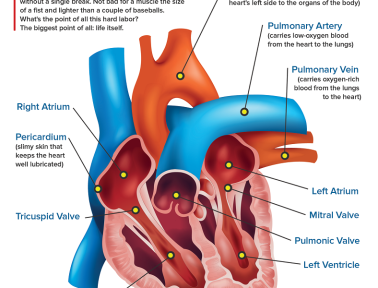High-tech in its day, a triple-decker warship called the trireme was a key to sea power for the ancient Greeks, Phoenicians, and Romans. These boats were easy to maneuver and built for speed, with three rows of oars on each side and one man for every oar. It took 170 men, 85 per side, to make up the crew of one trireme.
With all that manpower, triremes were faster than ships that ran only under sail. Before heading into battle, the crews would lighten the load by leaving unnecessary items on the shore (including the sail) so the ship could be even speedier.
Despite the trireme’s ancient reputation, historians at some point decided the triple-decker oar arrangement would not have actually worked. In 1982, historian John Morrison, naval architect John Coates, and writer Frank Welsh set up the Trireme Trust to find out just how well a trireme would perform on the seas. Their work inspired the Hellenic Navy (aka Greece’s navy) to build a full-scale replica, and in 1987 the Greek navy commissioned the Olympias.
According to the Trireme Trust’s website, the Olympias was tested at sea during a half-dozen trials that showed the ship could indeed be rowed efficiently, proving the skeptics wrong!
The Olympias is a reconstruction of an Athenian trireme circa the fifth and fourth centuries BC. Its 170 oars are handled by both men and women — ideally about 5′ 10″ tall, because anyone over 6′ 1″ would be pretty cramped inside. Each of the crew’s three levels has a different name, taken from the Greek: the bottom oars are Thalamians, the middle are Zygians, and the top are Thranites.
In 2004, the ship transported the Olympic flame across Greece’s Piraeus harbor before the opening of the Summer Games in Athens.










